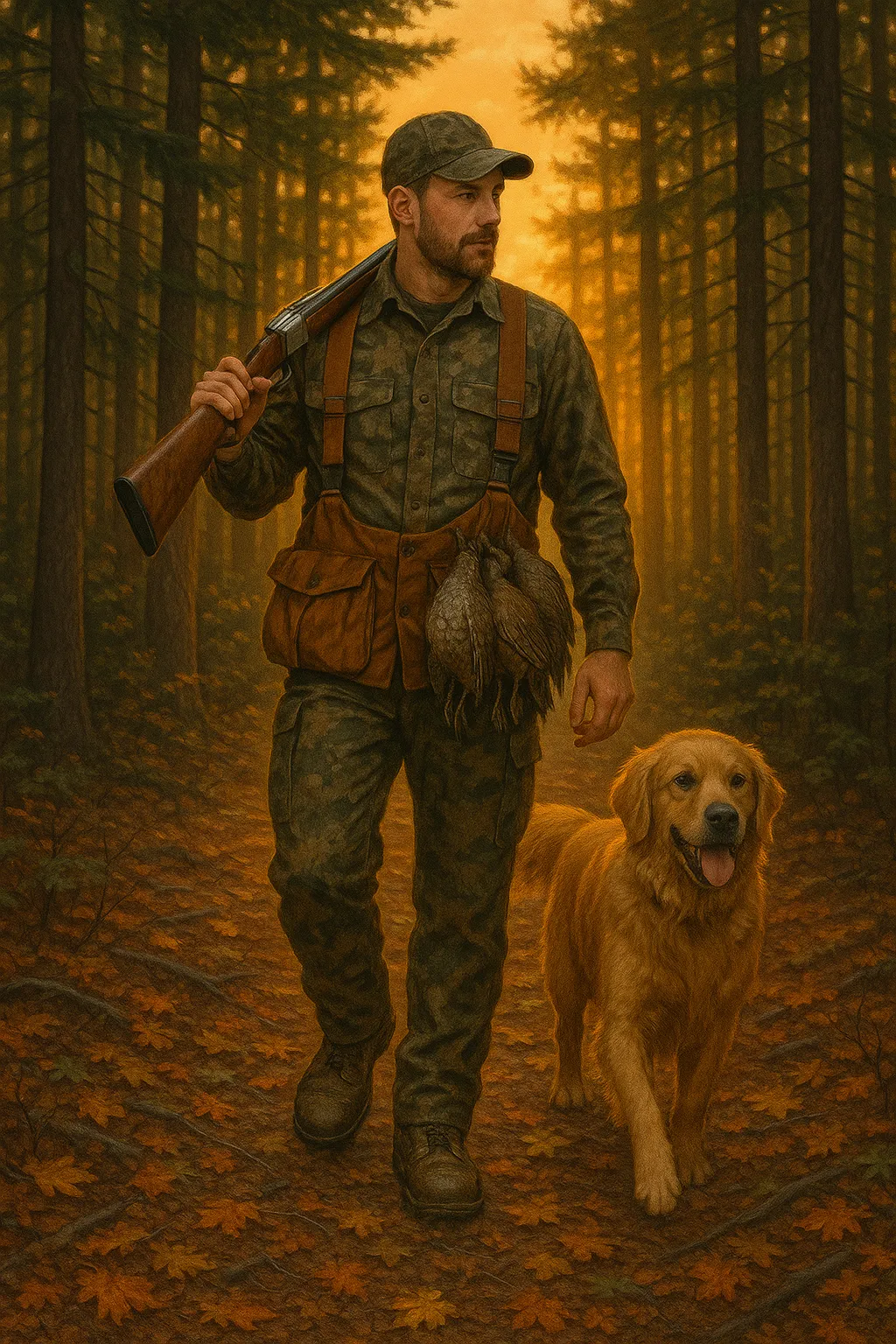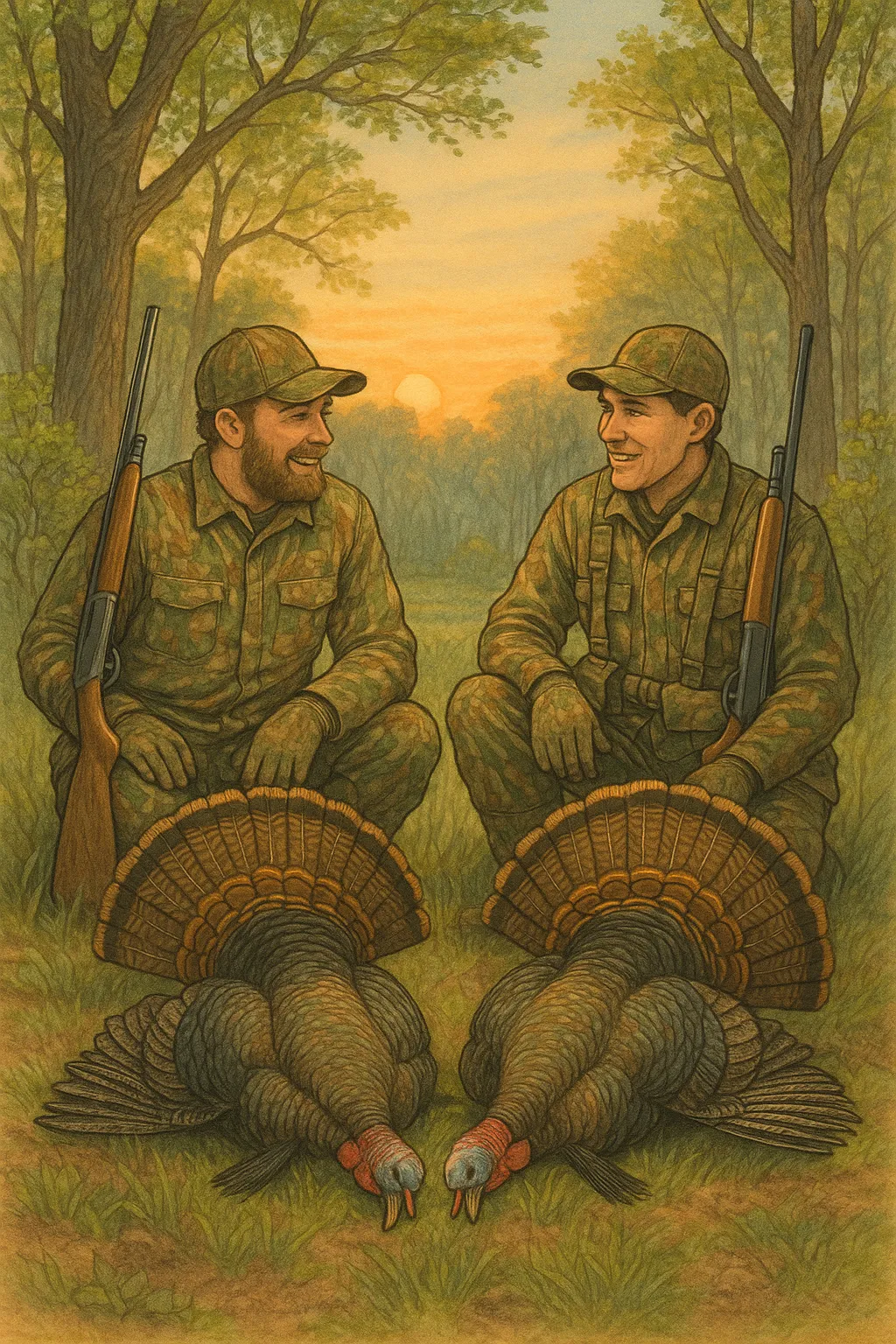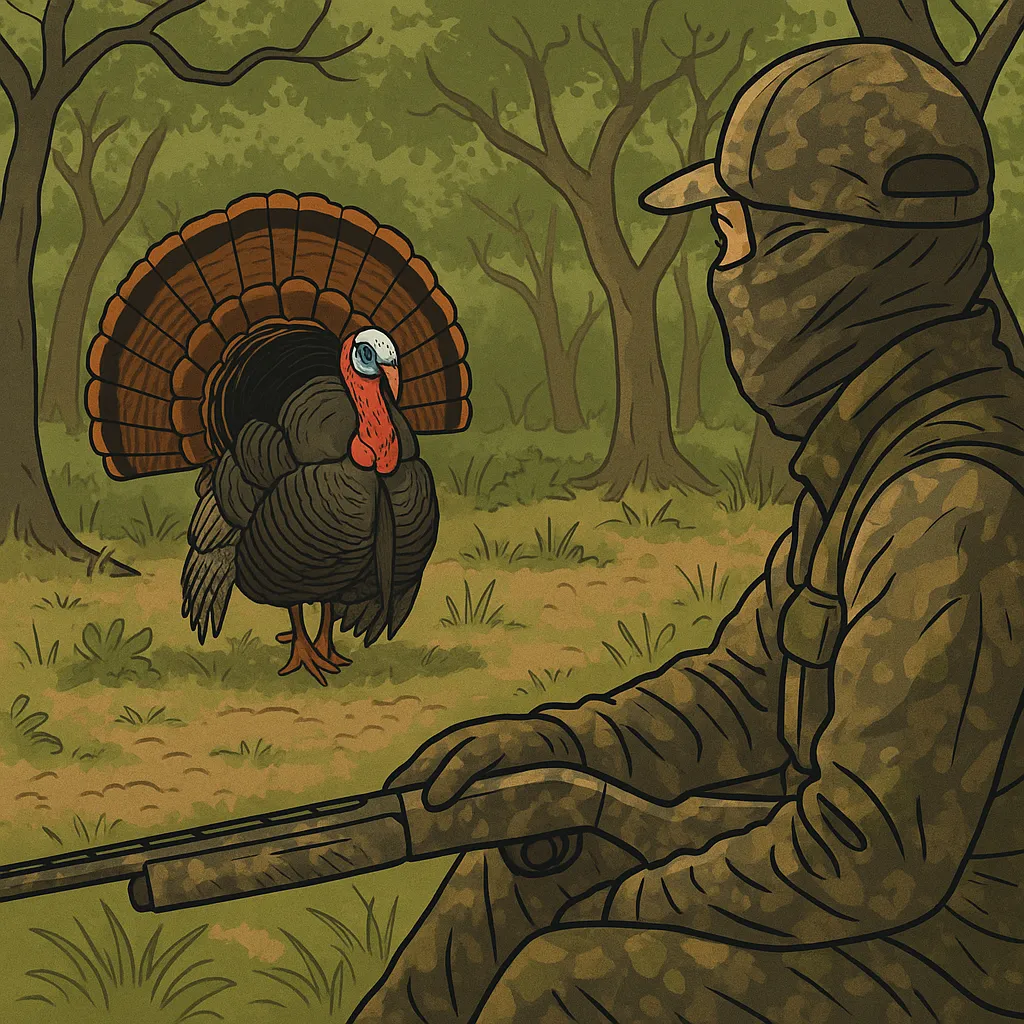Conservation Updates for Bird Hunting in Michigan (2025 Season)
The heart of bird hunting isn’t just the flush or the shot—it’s the habitat. Michigan’s forests, wetlands, and farmlands are evolving every year, and so are the efforts to conserve them. Behind every healthy grouse covert, every mallard marsh, and every covey rise in the CRP is a network of biologists, volunteers, and hunters working to ensure the next generation can hunt the same ground. Here’s what you need to know about the state of bird hunting conservation in Michigan this season.
🌲 1. Forest Management for Grouse & Woodcock
📍 Focus Regions:
-
Upper Peninsula (western and central units)
-
Northern Lower Peninsula (Pigeon River, Atlanta Unit)
🌱 Habitat Practices:
-
Clearcut rotations for young aspen regrowth (5–15 years = ideal cover)
-
Enhanced alder and birch stand maintenance
-
Identification of new drumming logs and brood zones
🔄 2025 Update:
-
The DNR has increased timber cuts across select state forests to boost early successional habitat
-
Collaborative mapping with Ruffed Grouse Society now guides habitat restoration plans
Pro Tip: Use Mi-HUNT layers to spot new logging cuts—ideal for early-season grouse and migrating woodcock.
🦆 2. Wetland Restoration for Waterfowl
🗺️ Areas of Impact:
-
Saginaw Bay, Shiawassee Flats, Huron River floodplains
-
Lenawee, Bay, and Washtenaw counties (private-public partnership areas)
🦢 Key Initiatives:
-
DNR + Ducks Unlimited restored 2,000+ acres of shallow water habitat
-
Focus on moist-soil unit management for migratory stopover zones
-
Expansion of buffer zones around Waterfowl Production Areas (WPAs)
2025 Highlight: New pump installations in critical marshes improved seasonal flooding—great news for teal and mallard hunters.
🌾 3. Pheasant & Grassland Bird Recovery
🌻 Supported By:
-
Michigan Pheasant Restoration Initiative (MPRI)
-
USDA CRP/SAFE programs
-
Private landowner grants & incentives
🌾 Habitat Projects:
-
Grassland expansion in Gratiot, Huron, and Sanilac counties
-
Native seed mix plantings (bluestem, switchgrass, wildflowers)
-
Hedgerow preservation for thermal cover
📣 2025 Expansion:
-
MPRI introduced 8 new habitat blocks with walk-in access agreements
-
Pheasant release program continues in 11 state game areas
🤝 4. Key Conservation Partnerships
| Organization | Focus |
|---|---|
| Ruffed Grouse Society | Early successional forests & education |
| Ducks Unlimited | Wetland restoration & habitat science |
| MUCC (MI United Conservation Clubs) | Policy, youth hunts, habitat work |
| Michigan DNR Wildlife Division | Land management & species monitoring |
| USDA Farm Bill Programs | Private land habitat & cost-sharing |
Pro Tip: Most habitat work happens because hunters join, volunteer, or donate. Be part of the solution.
🧪 5. Bird Population Monitoring
📊 2025 Indicators:
-
Ruffed Grouse: Moderate rebound due to improved spring drumming conditions
-
Woodcock: Stable migratory counts; weather and moon phases still key
-
Mallards & Teal: Wet spring = improved brood survival
-
Canada Geese: Stable resident population; strong migratory influx expected
-
Pheasants: Regional gains near managed habitat zones
Report Your Harvests: The DNR urges hunters to submit harvest data via the Hunt/Fish app to better track long-term trends.
📱 Stay Informed: Best Resources for Conservation News
-
Ruffed Grouse Society (Michigan Chapter)
-
Ducks Unlimited MI Reports
-
MUCC Newsletters & Alerts
-
USDA NRCS Michigan Conservation Programs
🧭 What You Can Do
-
Join a conservation group (RGS, DU, MUCC, etc.)
-
Volunteer for a local habitat project
-
Submit field observations (flush counts, drumming logs, broods)
-
Buy habitat stamps and donate during license renewal
-
Spread the word—mentorship fuels both hunting and conservation
Conclusion: Protect the Cover, Preserve the Tradition
Hunting is conservation in action. Every woodcock flush, every duck call, every rooster cackle is the product of land stewardship and active wildlife management. As the seasons roll forward, hunters have a choice—to simply take from the land, or to give back and grow it. In Michigan, bird hunters lead the way.
“Conservation isn’t just policy—it’s boots on the ground, hands in the dirt, and hearts in the hunt.”
Leave A Comment
Related Posts
Navigating Land Access for Bird Hunting in Michigan Whether you’re […]





